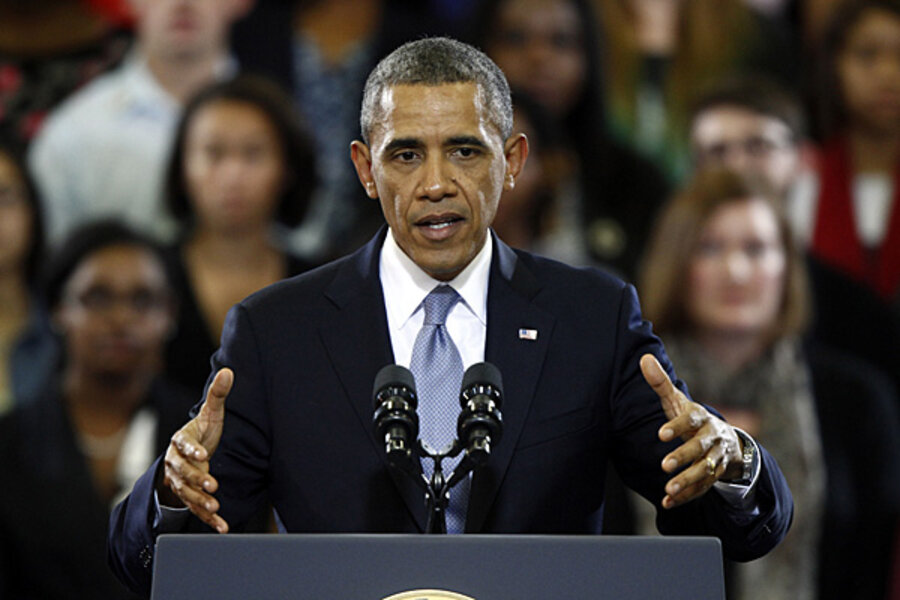401(k) supplement, not substitute, at the heart of Obama's 'myRA'
Loading...
In this year’s State of the Union Address, President Obama announced a new retirement savings account for workers whose employers do not offer any form of pension or savings plan. He also promoted the Automatic IRA, a retirement savings plan that originated at the Retirement Security Project and has been in the Administration’s budget for several years.
Only about half of workers has access to a 401(k) or other retirement savings plan at work. Millions of Americans lack the ability to save at work via payroll deductions. And while these individuals could in theory save on their own in an IRA, the best estimate is that only about one in twenty eligible to contribute to an IRA actually do so on a regular basis.
To help solve this problem, the President announced the creation of My Retirement Account, or “MyRA.” Similar to the R-Bond discussed in a recent AARP Public Policy Institute paper written by William Gale, David John and Spencer Smith, MyRA would allow individuals to save in a government bond account similar to the one offered as an option to federal employees through the Thrift Savings Plan.
The details are unclear (there’s a WhiteHouse fact sheet here), but MyRA would allow new savers and those with small balances to accumulate retirement savings without either having to pay administrative charges or face market risk. Employers would not administer the plan or have any fiduciary responsibilities related to the accounts. Importantly, too, contributions come from employees, not employers. The plan is meant to build off of existing institutions—payroll deduction, Roth IRAs, the G-fund in federal employees’ thrift saving accounts. And it is meant to supplement, not substitute for, 401(k) and other company-based retirement plans. It accomplishes the latter by only allowing contributions up to the IRA limit, by limiting investment choice, and by having people with more than a set balance move into a regular account.
This approach is a boon to those who can only afford small contributions to retirement accounts. Private sector funds often require minimum contributions that are out of reach of low-income savers or assess high fees to offset their costs.
The key questions are whether employers will participate and whether automatic enrollment (that is, a regular contribution on behalf of all employees who do not opt out) would be allowed for MyRA accounts.Research suggests that automatic enrollment would greatly boost the number of employees who participate.
President Obama also promoted the Automatic IRA, but that would require congressional action, something that has not happened so far. Because the Automatic IRA would require employers with more than 10 employees to offer retirement accounts, it would likely dramatically increase the number of workers who save for retirement. It would also give employees a greater choice of investment options and serve as a permanent retirement savings plan, rather than a starter account like MyRA.
With Tuesday night’s mention of both proposals, the president made retirement security a priority. Both proposals would allow workers to build economic security through their own efforts and promote the kind of values and self-reliance that both sides of the political spectrum find attractive.
Bill Gale, the Arjay and Frances Miller Chair in Federal Economic Policy in the Economic Studies Program at Brookings, is an expert on tax policy, fiscal issues, pensions, and saving behavior. He is also co-director of the Tax Policy Center and director of the Retirement Security Project.
Benjamin H. Harris is the Policy Director of The Hamilton Project; a Fellow in Economic Studies at Brookings; and Deputy Director of the Retirement Security Project at Brookings. His primary areas of focus are tax, budget, and retirement security.
David C. John is the deputy director for the Retirement Security Project and a senior strategic policy advisor with AARP’s Public Policy Institute focusing on retirement saving and pensions. He has been involved in Washington’s top policy debates for almost 30 years. Before joining AARP, he was a senior research fellow with the Thomas A. Roe Institute for Economic Policy Studies at the Heritage Foundation.







